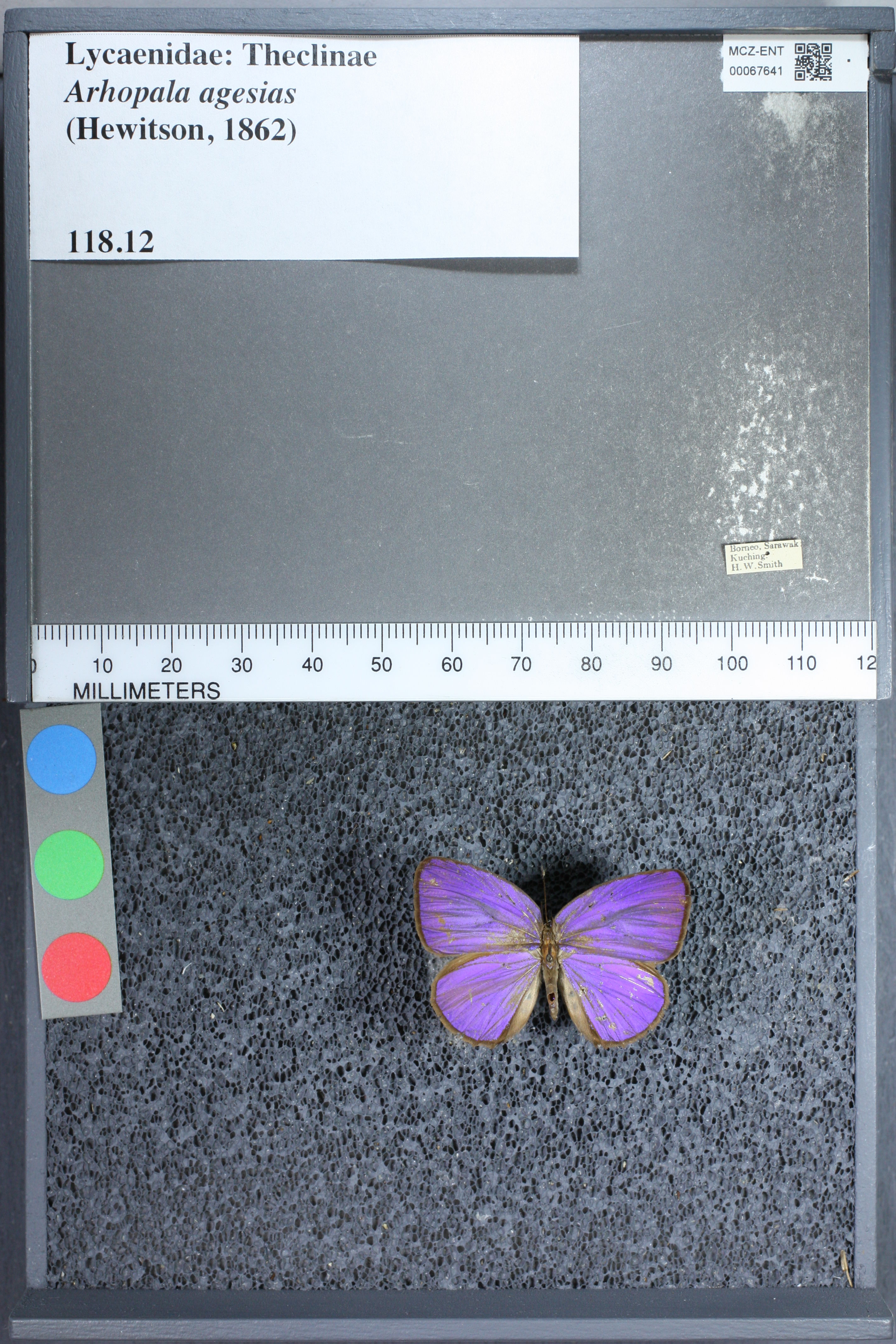| Citation |
|
Description |
Geographic Range [top]
Range Description: This species is distributed widely in primary and secondary forest across the Sundaland region of Southeast Asia, encompassing Peninsular Malaysia, Borneo, Sumatra, and Pulau Laut of Indonesia. While detailed records of the distribution of the species within these regions are lacking, the area of occupancy (AOO) undoubtedly dramatically exceeds the 2,000 km2 required to merit a threatened status, while the extent of occurrence (EOO) is likely to be in the region of several hundred thousand km2. This value is inferred from the total area of suitable forest in the regions in which the species has been recorded.
Countries occurrence:
Native:
Brunei Darussalam; Indonesia (Kalimantan, Sumatera); Malaysia (Peninsular Malaysia, Sabah, Sarawak)
Additional data:
Range Map: Click here to open the map viewer and explore range.
Population [top]
Population: Detailed quantitative population records are lacking for this forest butterfly. However, the species tends to be common where it occurs, particularly on certain hilltops.
Current Population Trend: Unknown
Additional data:
? Population severely fragmented: No
Habitat and Ecology [top]
Habitat and Ecology: This species inhabits lowland primary and secondary rainforest. Both sexes are elusive and tend to keep to dense vegetation, where they may remain settled for long periods in bushes between one and two metres above the ground. Males may congregate in small numbers on the tops of mountains where they aggressively defend small territories. Nothing is known of the early stages of this species.
Systems: Terrestrial
Threats [top]
Major Threat(s): There are no major, immediate threats to this forest butterfly. Though some degree of habitat conversion due to deforestation and forest degradation does occur to varying extents throughout its range, the species is widespread and common, such that these effects do not pose a significant threat at present.
Conservation Actions [top]
Conservation Actions: No species-specific conservation measures are in place or required for this species.
Citation: Muller, C.J. & Tennent, W.J. 2011. Arhopala agesias. The IUCN Red List of Threatened Species 2011: e.T160641A5374543. http://dx.doi.org/10.2305/IUCN.UK.2011-2.RLTS.T160641A5374543.en. Downloaded on 03 August 2017.
Disclaimer: To make use of this information, please check the .
Feedback: If you see any errors or have any questions or suggestions on what is shown on this page, please provide us with feedback so that we can correct or extend the information provided
|

